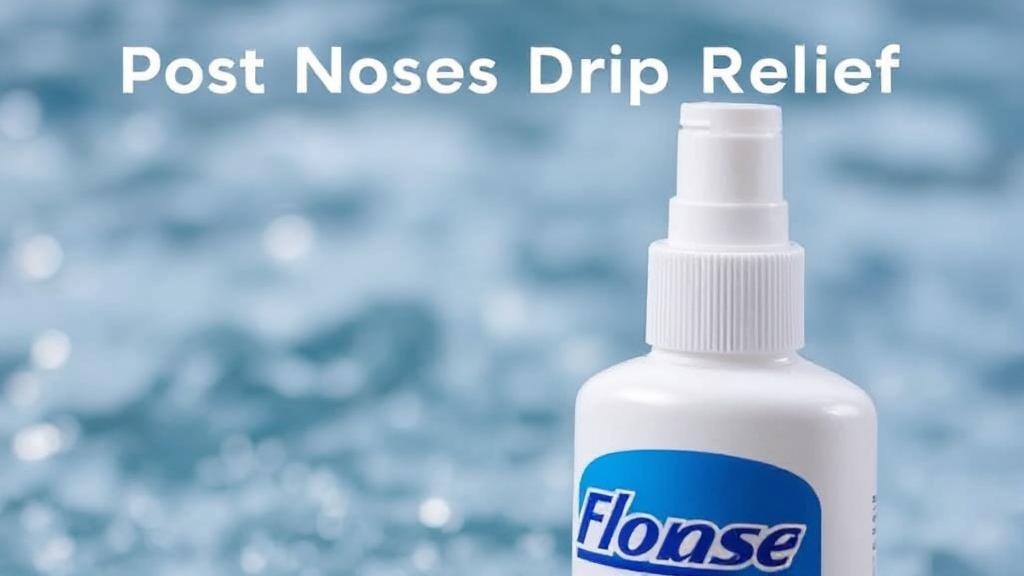Understanding Post Nasal Drip
Post nasal drip is a common condition where excess mucus accumulates in the back of the throat or nose, causing a sensation of fluid dripping down the throat. This can lead to symptoms such as a sore throat, cough, and a constant need to clear the throat. It can be caused by various factors, including:
- Allergies
- Sinus infections
- Common cold or flu
- Environmental irritants
- Certain medications
- Deviated septum
What is Flonase?
Flonase is a brand name for fluticasone propionate, a corticosteroid nasal spray. It belongs to a class of medications called corticosteroids and is commonly used to treat symptoms of allergic rhinitis, such as sneezing, itching, and nasal congestion.
How Flonase Works
Flonase works by:
- Reducing inflammation in the nasal passages
- Decreasing mucus production
- Blocking the release of allergic chemicals in the body
The active ingredient, fluticasone propionate, targets multiple inflammatory substances, making it more effective than simple antihistamines for many people.
Mechanism of Action
- Anti-inflammatory: Flonase reduces the inflammation in the nasal passages, which is often a key factor in post nasal drip.
- Mucus Reduction: By decreasing inflammation, Flonase can also reduce the production of mucus, which is a primary cause of post nasal drip.
Best Practices for Using Flonase
Proper Administration
To maximize effectiveness, follow these guidelines:
- Gently blow your nose before use
- Shake the bottle well
- Keep your head slightly forward
- Aim the spray away from the nasal septum
- Use consistently as prescribed
"Consistency is key when using nasal corticosteroids. It may take several days to experience full benefits." - American Academy of Allergy, Asthma & Immunology
Potential Side Effects
While Flonase is generally safe, common side effects may include:
- Nasal irritation or dryness
- Nosebleeds
- Headache
- Sneezing
If you experience severe side effects or an allergic reaction, seek medical attention immediately.
Alternative and Complementary Treatments
Consider these additional measures alongside Flonase:
- Saline nasal irrigation
- Staying hydrated
- Using a humidifier
- Elevating the head while sleeping
- Avoiding known triggers
- Using air purifiers
- Regular cleaning of living spaces
When to Seek Additional Help
Contact a healthcare provider if:
- Symptoms persist after 2 weeks of treatment
- You experience severe side effects
- Post nasal drip is accompanied by fever or severe headache
- You develop chronic throat irritation
For more information on Flonase and its uses, you can visit Flonase's official website, Mayo Clinic, or the National Institute of Allergy and Infectious Diseases.
